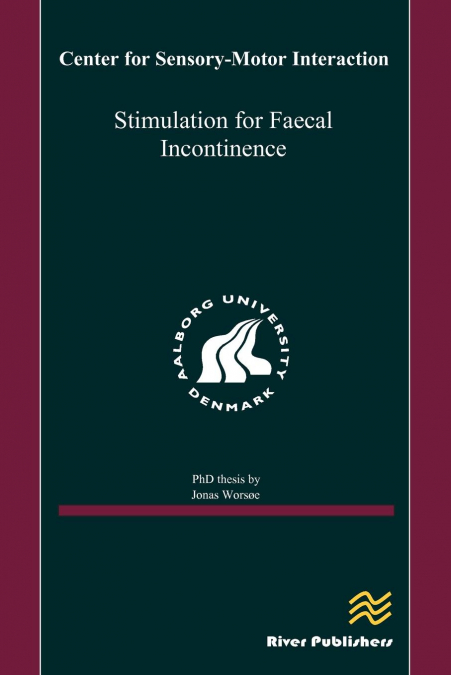
Jonas Wors E. / Jonas Worsoe
The prevalence of fecal incontinence is approximately 5% in the general population. In all patients, the treatment of fecal incontinence is primarily conservative and surgery is offered as second line treatment. Electrical stimulation of the sacral nerves (SNS) with an implanted electrode is a minimally invasive and effective treatment of idiopathic FI and the indications for SNS are widening. However, SNS requires surgery while percutaneous electrical stimulation of peripheral nerves could be a non-invasive alternative.Stimulation for Faecal Incontinence comprises five studies. Study I examines the clinical effectiveness of transcutaneous stimulation. Study II and III examined the acute effect of rectal stimulation in idiopathic incontinent patients and patients with spinal cord injury. In study IV the validity of a new research tool for assessment of gastrointestinal motility during stimulation is evaluated. In study V, small intestinal motility is investigated in patients implanted with a sacral nerve stimulator for faecal incontinence.Based on the present book it can be concluded that:• DGN stimulation reduces faecal incontinence in patients with idiopathicfaecal incontinence but the mode of action remains unknown.• DGN does not affect rectal wall properties in patients with idiopathic faecal incontinence.• DGN increases rectal tone in patients with supraconal spinal cord injury, but the validity and clinical importance of the finding need further study.• MTS-1 is useful for determination of gastric emptying and small intestinal transit time.• Preliminary results indicate that SNS does not affect small intestinal motility, but data need further analysis and have to be confirmed in a larger study. 3